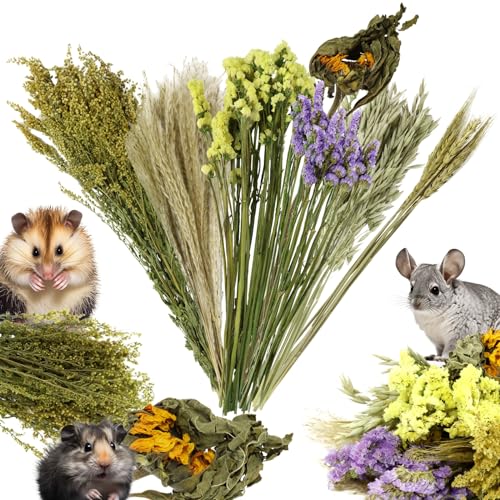chechinchillas
hmmmmmmm
What do you think about breeding light, medium and dark standards to different mutations? There are some breeders who only want to breed dark standards and say that standards are about the contrast of the white belly and the dark top. I know breeders who pelt would want the darker standards, but take that out of the equation. Clarity of course for any shade. White bellies unless breeding to ebs or tans. It makes sense to breed the dark standards to bv's and ebs, but what do you like to breed to saps and violets, etc?





















































